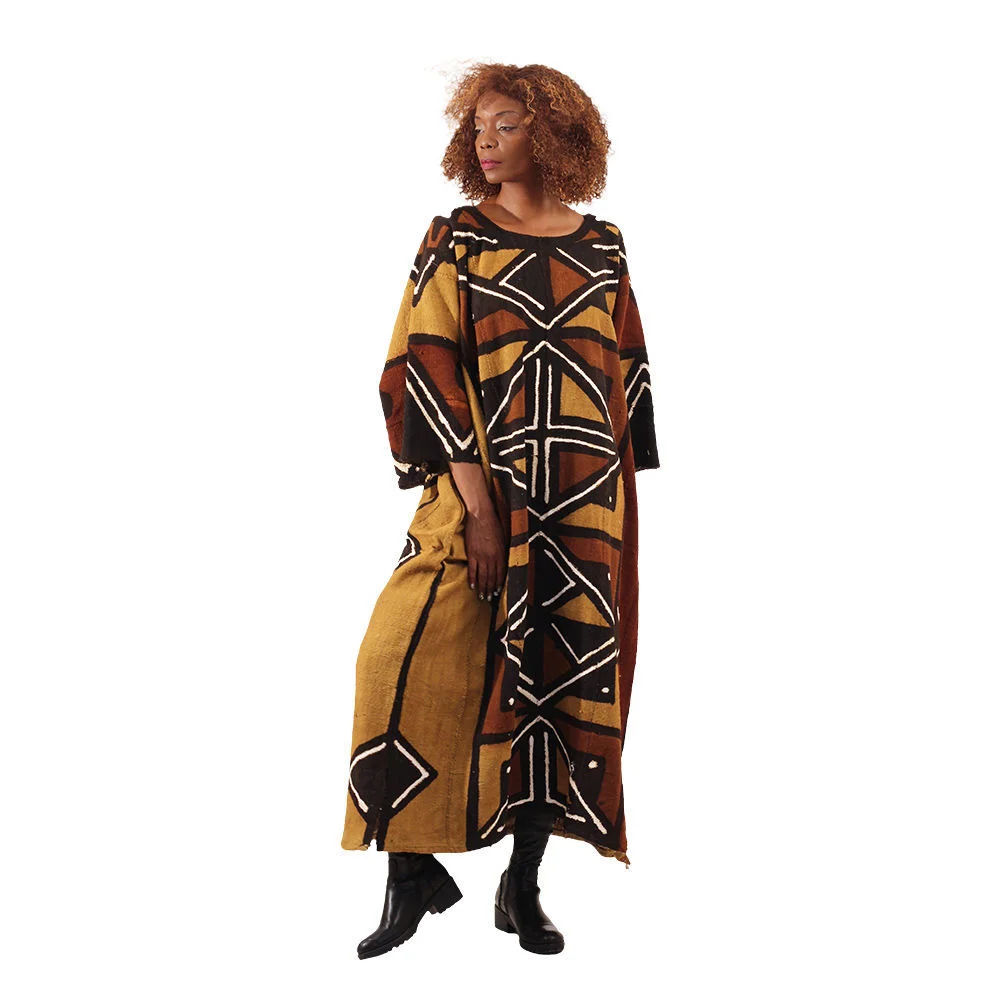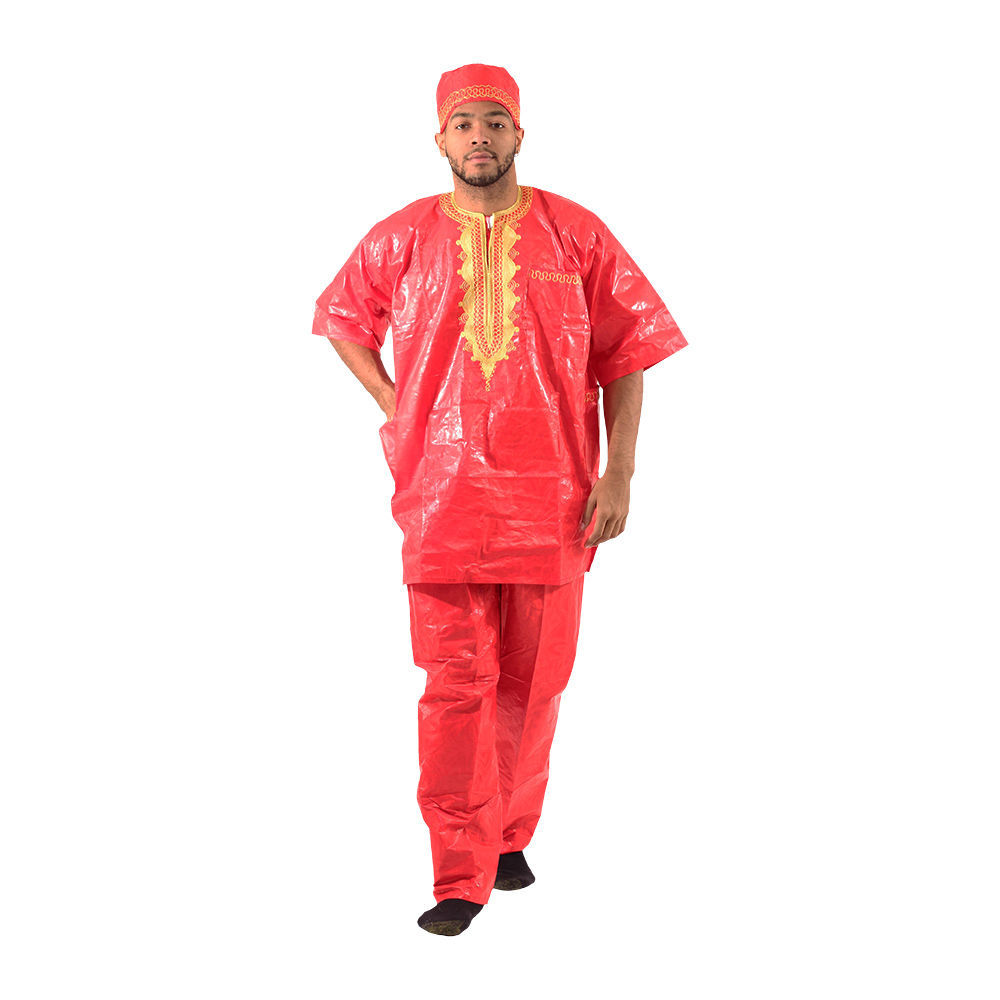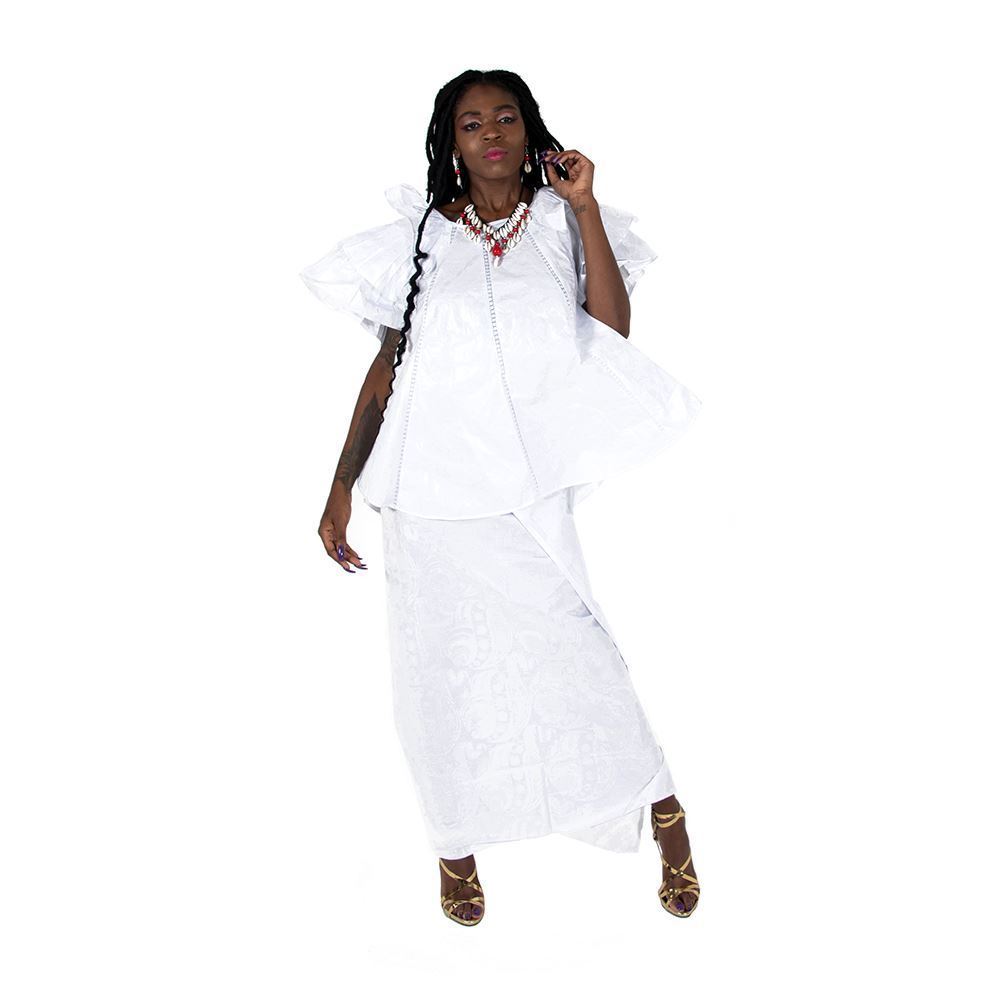
Colors have great significance in different cultures and traditions. They speak about individual personalities, thinking, and influence emotions. Whether we are happy or sad, vulnerable, or confident, colors symbolize our state of mind. If we relate colors with countries, they reflect the spirit of any nation. Colors are important to our cultural and religious beliefs. From the fashion industry to the home décor and jewelry, the magic of colors can be seen everywhere. They play a major role in differentiating traditional from modern.
Colors and Africa: What Kind of Bond They Have?
One can witness the influence of colors in African culture. They are steeped in African cultural beliefs, values, and way of life. Patterns & color palate used on African fabric showcase the diversity of its culture. African textiles reflect the meanings and symbols of society. For example, the Kente cloth is best known for its bright colors and bold, geometric designs. It is woven in Ghana and parts of Cote d’Ivoire and Togo.
Kente Cloth: Bright, Bold & Colorful African Fabric
Kente cloth is one of the popular fabrics amongst the Akans of the Ivory Coast. It is also prevalent in many other West African countries. Kente cloth is characterized by its bright colors and bold, geometric designs. This is the reason why it is best known of all African cloths.
These are crafted from intertwined strips of colored cloth. Its designs have an old origin from the Ghanaian village of Bonwire. There is an interesting story behind its origin.
Two brothers – Kurugu and Ameyaw – were out hunting. While hunting, they came across a spider spinning its web. They wanted to copy the same pattern that they had seen on the web. After returning home, they created the first kente cloth. They used black & white raffia fibers. They then presented the same to the Ashanti king. He was impressed with their creation. He also stated that it would be more striking if they include colors in it. At that time, tree bark and other natural sources were used to create different colors. This is how the inclusion of colors began in kente cloth.
Colors and what they represent in African fashions
Color in African clothing gives even more meaning! Here's what a few of these colors represent in African fashions.
Yellows, gold, and mustard
These colors represent wealth and fertility both. Gold represents both precious metal; and the yolk of an egg. Gold is one of the most popular colors in the African fashions. This color is used in both the fabric and the embroidery.
Unlike here in the US, red in African fashions is not considered the color of love. It is viewed as the sacrificial color of blood and represents the mood of tension in the political or spiritual world.
Blue is a harmonious color of peace and love and is used to symbolize the sky where creation cam from.
Light Blue Brocade Pleated Skirt Set
Green is a medicinal color that symbolizes life and prosperity.
Black: It represents spiritual energy and maturity. It is used in funeral rites and mourning.
Gold: It characterizes wealth in several forms- high status, monetary wealth & royalty. It also represents fertility and spiritual purity.
Grey: This color symbolizes ash as well as cleansing & healing rituals.
Maroon: It is the color of Mother Earth that also represents healing.
Pink: It also represents feminine qualities, including gentleness.
Purple: It is worn by women. This color is associated with femininity.
Red: This color depicts sacrificial rites, bloodshed, and death. But it also represents spiritual and political moods.
Silver: It is associated with the moon, peace, purity, and joy.
White: It is used on festive occasions and represents purity and cleanliness.
Whenever you choose West African Fabrics, make sure you pay attention to the colors. When you know what color represents what, you can find the perfect cloth for any occasion.
The African Fashion Industry & Colors
The African fashion industry is making the most of Africa’s sense of colors. This is synonymous with culture, tradition, and symbolism. The vivacity of colors used in African fashion has been revolutionizing the global fashion industry. The demand for African clothing is increasing in the western market. People want to know more about the colors used in different African fabrics. They are always attracted by bold and beautiful African patterns. They love the rainbow of colors. These colors are enough to switch your mood.
Africa Imports offers wholesale African clothing. All traditional African outfits available at our store are handmade. Fabrics like mudcloth, brocade, kente, and Kuba cloth give a unique feel and design. Clothes are made with flat cotton. You can get more with African fashions than western clothing can ever provide!
The symbolism of African Jewelry
In Africa, different tribes own different types of jewelry and ornaments. These vary from simple ornaments to the most elaborate ones. Some of them are used for certain dances, in marriage rituals, or to decorate the body. Feathers, teeth, and stones are common jewelry elements. They are combined with metals and minerals to create unique African jewelry. This jewelry still shines in their tribes. Also, these are gaining immense popularity throughout the world.
Turkana, Masai, Zulu, and other tribal jewelry is getting popular in western markets. Africa Imports get wholesale African jewelry from the craftsmen. We offer it to resellers so that they can popularize it. They can promote them among individuals who admire traditional African jewelry.
Zulu Bead Jewelry
Zulu bead jewelry is not only beautiful but also rich in cultural significance. The handmade beadwork is popular in the western market and is the only source of income for the Zulu people. Many do not know the meaning behind the colors used to create necklaces, pendants, or other pieces.
How does Zulu Bead Jewelry help In Communication Between Men and Women?
Handmade Zulu beadwork is a craft practiced by women. The tradition of jewelry making is passed down to the younger sisters. Men are not involved in the making, but they do wear beadwork. Zulu beadwork takes in communication between the different genders in regards to relationships. The colors and design of the beads convey a message. Like, a specific beaded necklace a woman is wearing may represent that she is unmarried. This is a great way to communicate relationship status and sexual intentions. This helps the Zulu people avoid difficult social situations.
Zulu Bead Jewelry - Designs and Colors
Triangle is the only shape used in Zulu beaded jewelry. The position of the triangle in the beaded jewelry signifies different meanings. For example, a triangle facing downwards indicates an unmarried woman. But, a triangle facing upwards denotes an unmarried man.
The colors of the beads used have an impact on the meaning of the message carried by the beadwork. The colors used in beads can have positive or negative meanings. They are not like the shapes which have fixed and constant denotations. The seven key colors used by the Zulu craftswomen are green, yellow, blue, red, black, white, and pink. Each one of them has a positive meaning, but, the meaning can be different. It depends on the context in which the beads are used within the jewelry piece.
Here is the list of 7 colors along with the positive meanings associated with each one of them. We have also shared a list of colors with their respective negative meanings.
Positive Meaning of Zulu Bead Jewelry Colors
- Black - Marriage
- Blue - Faithfulness
- Green - Contentment, Bliss
- Pink - Adds Emphasis To A Promise
- Red - Strong Emotion
- White - Love
- Yellow – Wealth
Negative Meaning of Zulu Bead Jewelry Colors
- Green - Illness
- Black - Death, Sorrow, Despair
- Blue - Hostility, Ill Feelings
- Pink - Poverty
- Red - Anger, Impatience
- White - Has No Negative Meaning
- Yellow – Badness
Masai Bead Jewelry - Designs and Colors
Jewelry is an essential cultural aspect of the Masai tribal community. They wear it not because it is beautiful, but it gives an individual a sense of identity. Masai jewelry designs and colors show the sub-group of a person from where it belongs to. It also specifies the status of a Maasai woman whether she is single, engaged, or married.
There is a tradition in the Masai community. Here, every Maasai woman has to learn the jewelry-making craft. Jewelry among the Maasai is crafted in different colors. The design and pattern here also mark and differentiate the status. The beadwork a person wears will show their age and social status. Generally, people with high social status wear more colorful and intricate jewelry. The colors are also figurative. They have important meanings that are understood by the tribe. For instance: –
- Red: It stands for bravery, unity, and blood.
- White: It represents peace, purity, and health.
- Blue: It represents energy and the sky.
- Orange: It symbolizes hospitality.
- Yellow: It also symbolizes hospitality.
- Green: It symbolizes health and land.
- Black: It represents the people and their struggles.
Africa Imports has lots of beaded jewelry that belongs to the Masai and Zulu tribes. Our wholesale jewelry is made using traditional jewelry-making skills, passion, and culture. Craftswomen from African tribes make them. We get straight from them so that their efforts are appreciated throughout.
Meanings behind African fashion jewelry
In African jewelry different jewelry is worn for weddings, for everyday wear, and for other occasions.
Bone jewelry symbolizes prosperity in some African cultures. A cow can be considered sacred within people groups who raise cattle. Because a cow bone can represent wealth, bone or imitations of it are very popular in jewelry throughout Africa.
Another common ingredient to African jewelry from Africa Imports is cowry shells. In African culture cowry shells are a symbol of prosperity and fertility. You can find out more about the history and meaning of cowrie shells here.
This article is free. You can publish or circulate this article on other websites as long as you give credit to Africa Imports; and include a link back to africaimports.com at the end of the article.
 USD
USD  GBP
GBP  CAD
CAD  AUD
AUD 


